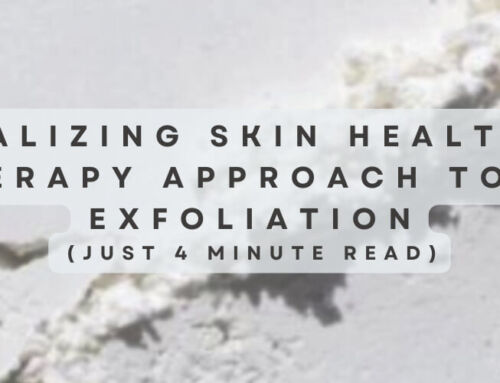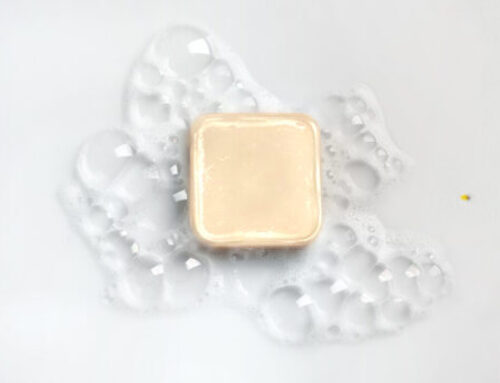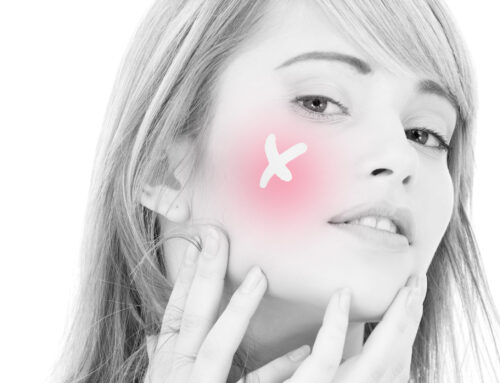Before you shy away from the term “acid mantle” and dissecting what it means in accordance with your skin, more specifically, the stratum corneum, first understand things are simpler—albeit, more sour—than you may have imagined. That is, your skin is acidic.
The acid-base concept isn’t so far-fetched from the everyday. You see it in nutrition and wellness. For example, you know lemons are acidic foods and you may have heard of alkaline diets, water, and spa settings. And for your skin? We know from decades of research that there is a gradient of pH throughout the epidermis.
Such pH research actually began in the 20th century with studies ranging from the acidity of your sweat to how acidic topical creams can affect your skin. These studies laid the foundation to the wonderful knowledge we have today. Studies that, in 1928, led German scientists Heinrich Schade and Alfred Marchionini to actually coin the term “the acid mantle”—presumably a reference to a planet’s mantle, the largest and most massive layer it has (much like your epidermis; get it?).
Let’s take a closer look at how changes in the pH orchestrate changes in the skin.
“The pH of the skin surface is acidic (~5), while our cells and blood have a nearly neutral (~7.4) pH,” Peter M. Elias, M.D. states in his look into pH and atopic dermatitis. The acidic pH is pretty powerful: it improves the integrity of the stratum corneum by controlling the enzymes that break down the attachments which connect the building blocks of the outer layer of your skin. Because when those attachments are broken down, the outer layers begin to shed. That’s natural; a process called desquamation.
But sending this process into overdrive (too many enzymes quickly breaking down attachments), however, causes the skin to shed too quickly, tear too easily, and become fragile (think: dry, itchy, flaky skin or scales).
That desquamation overdrive is a tell-tale sign that the skin barrier is in distress. Weak barriers can’t do their job at protecting the skin from microbial infection or UV damage, won’t block environmental aggressors from entering the skin, and won’t be able to hold water for optimal hydration (basically all the things you need for bright, healthy skin).
Which brings us back to where this mess started: the enzymes. The keys to healthy and resilient skin will always come down to enzymes and enzymes are dependent on the proper pH to function. This is why preserving the acid mantle on the surface is what I call “the keys to the barrier kingdom.” This pH gradient controls specific enzymes in each layer which are responsible for the formation of a competent barrier.
Maintaining the acidic oasis in your skin is the key.
There are a variety of factors— environmental, topical and genetics—that invite imbalance to the pH of your skin. To rectify the damage done by the topical products like pH-altering cleansers and spa treatments performed on already-damaged skin, and to reinforce the strength in the skin barrier, dermavidualsⓇ skincare products have a few tricks up their sleeves:
- DMS (Derma Membrane System), dermaviduals’ signature ingredient, to aid in acidifying the skin by generating free fatty acids from phospholipids, which in turn regulates stratum corneum acidification, proper cohesion, and integrity of the skin.
- Then, to rectify irritated, flaky skin—a sign that the skin is too basic—the generation of key components of Natural Moisturizing Factor and other actives for acidification of the stratum corneum.
And for those needing tailored TLC, bespoke active ingredients to heal your skin’s barrier for beautiful balance unique to your needs.
Are you a skin care professional in New York? Dermaviduals NY brings the education, support and solutions to help you give your clients the best, tailored experience possible. Begin effective skin care therapy in your clinic by calling us today.






